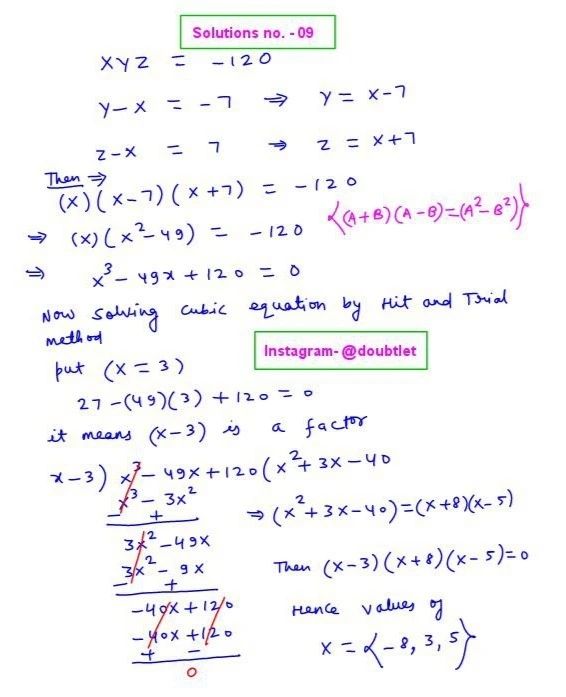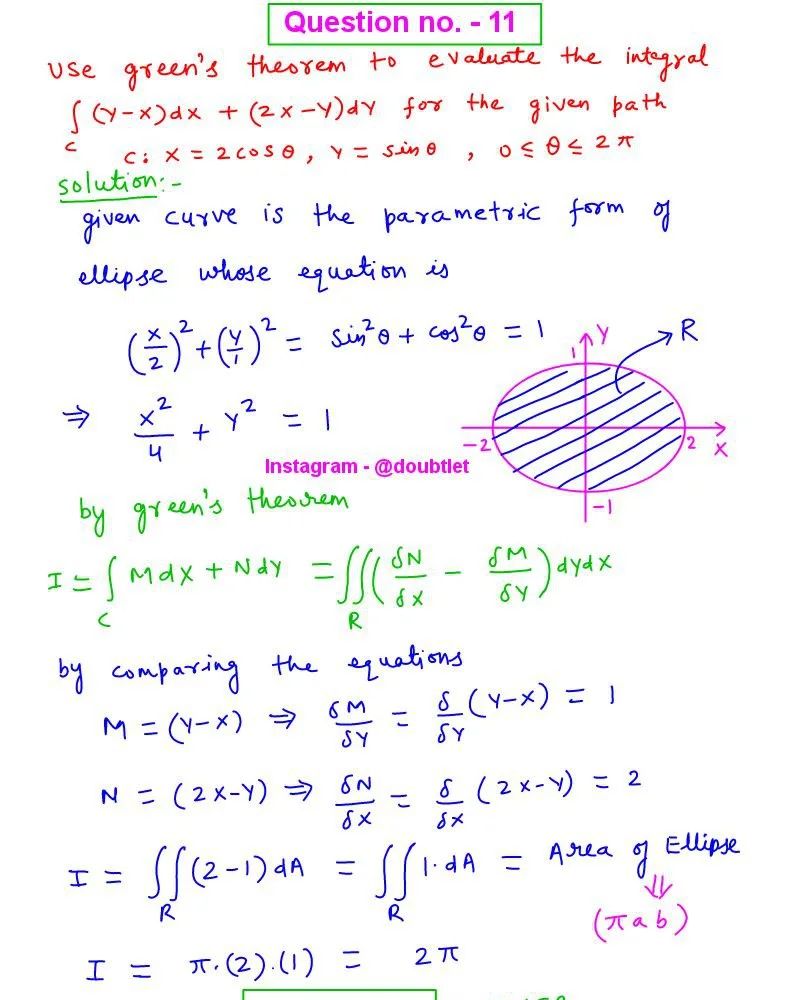









Angle between two Vectors Calculator
This calculator will help you to find the acute angle between two given Vectors U = ai+bj+ck & V = pi+ qj + rk with the steps shown.Related Calculators:Dot product Calculator
Loading...
Loading...
Loading...
Loading...
Loading...
Loading...
Magnitude of a Vector
Dot-Product of two vectors
Cross-Product of two vectors
Projection on Vectors
Volume of Parallelopiped
Vector tripple product
Scalar triple product
- 1. Introduction to the Angle between two vectors calculator
- 2. What is the Formulae used ?
- 3. How do I find the Angle between two vectors?
- 4. Why choose our Angle between two vectors Calculator?
- 5. A Video for explaining this concept
- 6. How to use this calculator ?
- 7. Solved Examples
- 8. Frequently Asked Questions (FAQs)
- 9. What are the real-life applications?
- 10. Conclusion
1. Introduction to Angle between two vectors: -
In vectors, understanding the acute angle between them opens doors to precise measurements and calculations. This blog aims to demystify the process of finding the acute angle between two vectors, shedding light on its importance and practical applications.
The acute angle between two vectors is the smallest angle formed when the vectors are represented as directed lines. It's a crucial concept in vector mathematics, providing insights into the orientation and relationship between vectors.
2. What is the Formulae used?
The formula for finding the acute angle (θ) between two vectors A and B is given by:
Cos(θ) =
For the formula to be valid, vectors A and B must be non-zero. The dot product and magnitudes must also be defined.
3. How do I calculate the Angle between two vectors?
Identify the two vectors, A and B, for which you want to find the acute angle.
Compute the dot product A⋅B and the magnitudes ∥A∥ and ∥B∥.
Divide the magnitude of the vector by the vector itself.
Plug the values into the above-given formula
Solve for θ using the inverse cosine function: θ = cos
4. Why choose our Angle between two vectors Calculator?
Our calculator page provides a user-friendly interface that makes it accessible to both students and professionals. You can quickly input your square matrix and obtain the matrix of minors within a fraction of a second.
Our calculator saves you valuable time and effort. You no longer need to manually calculate each cofactor, making complex matrix operations more efficient.
Our calculator ensures accurate results by performing calculations based on established mathematical formulas and algorithms. It eliminates the possibility of human error associated with manual calculations.
Our calculator can handle all input values like integers, fractions, or any real number.
Alongside this calculator, our website offers additional calculators related to Pre-algebra, Algebra, Precalculus, Calculus, Coordinate geometry, Linear algebra, Chemistry, Physics, and various algebraic operations. These calculators can further enhance your understanding and proficiency.
5. A video based on how to find the Angle between two vectors.
6. How to use this calculator
This calculator will help you find the angle between two vectors.
In the given input boxes, you have to put the value of the given vectors.
After clicking on the Calculate button, a step-by-step solution will be displayed on the screen.
You can access, download, and share the solution.
7. Solved Example
Find the angle between given Vectors = i + j + k & = i - j + k
Find . = (1)(1) + (1)(-1) + (1)(1) = 1
Find || = =
Find || = =
Then, the angle between vectors is
θ = cos = cos
8. Frequently Asked Questions (FAQs):-
Can the acute angle be negative?
No, the acute angle is always non-negative.
What does a cosine value of 0 indicate?
A cosine value of 0 implies that the vectors are orthogonal (perpendicular).
Can the acute angle be greater than 90 degrees?
No, by definition, the acute angle is always less than 90 degrees.
Are there situations where the acute angle is not defined?
Yes, if one or both vectors are zero vectors, the acute angle is not defined.
Is the formula applicable only to 2D vectors?
No, the formula applies to vectors in any dimension.
9. What are the real-life applications?
In physics, the acute angle between force vectors is crucial in determining the efficiency of force components in various directions, aiding in the analysis of structural stability and equilibrium.
10. Conclusion
Navigating the world of vectors becomes more intuitive when armed with the knowledge of finding the acute angle between them. Beyond mathematical intricacies, this concept finds relevance in real-world scenarios, offering a valuable tool for engineers, physicists, and anyone dealing with directional relationships. As we unravel the simplicity behind calculating the acute angle, we empower ourselves to better understand and manipulate vectors in diverse applications.
This blog is written by Neetesh Kumar
If you have any suggestions regarding the improvement of the content of this page, please write to me at My Official Email Address: doubt@doubtlet.com
Are you Stuck on homework, assignments, projects, quizzes, labs, midterms, or exams?
To get connected to our tutors in real time. Sign up and get registered with us.
Comments(0)













Leave a comment